“Thirty different beers based on a fan base is a unique thing.”
The post Buffalo Pils Scores a Touchdown appeared first on CraftBeer.com.
“Thirty different beers based on a fan base is a unique thing.”
The post Buffalo Pils Scores a Touchdown appeared first on CraftBeer.com.
“Thirty different beers based on a fan base is a unique thing.”
The post Buffalo Pils Scores a Touchdown appeared first on CraftBeer.com.
“Thirty different beers based on a fan base is a unique thing.”
The post Buffalo Pils Scores a Touchdown appeared first on CraftBeer.com.
“Thirty different beers based on a fan base is a unique thing.”
The post Buffalo Pils Scores a Touchdown appeared first on CraftBeer.com.
“Thirty different beers based on a fan base is a unique thing.”
The post Buffalo Pils Scores a Touchdown appeared first on CraftBeer.com.
“Thirty different beers based on a fan base is a unique thing.”
The post Buffalo Pils Scores a Touchdown appeared first on CraftBeer.com.
“Thirty different beers based on a fan base is a unique thing.”
The post Buffalo Pils Scores a Touchdown appeared first on CraftBeer.com.
“Thirty different beers based on a fan base is a unique thing.”
The post Buffalo Pils Scores a Touchdown appeared first on CraftBeer.com.
“Thirty different beers based on a fan base is a unique thing.”
The post Buffalo Pils Scores a Touchdown appeared first on CraftBeer.com.
“Thirty different beers based on a fan base is a unique thing.”
The post Buffalo Pils Scores a Touchdown appeared first on CraftBeer.com.
“Thirty different beers based on a fan base is a unique thing.”
The post Buffalo Pils Scores a Touchdown appeared first on CraftBeer.com.
“Thirty different beers based on a fan base is a unique thing.”
The post Buffalo Pils Scores a Touchdown appeared first on CraftBeer.com.
“Thirty different beers based on a fan base is a unique thing.”
The post Buffalo Pils Scores a Touchdown appeared first on CraftBeer.com.
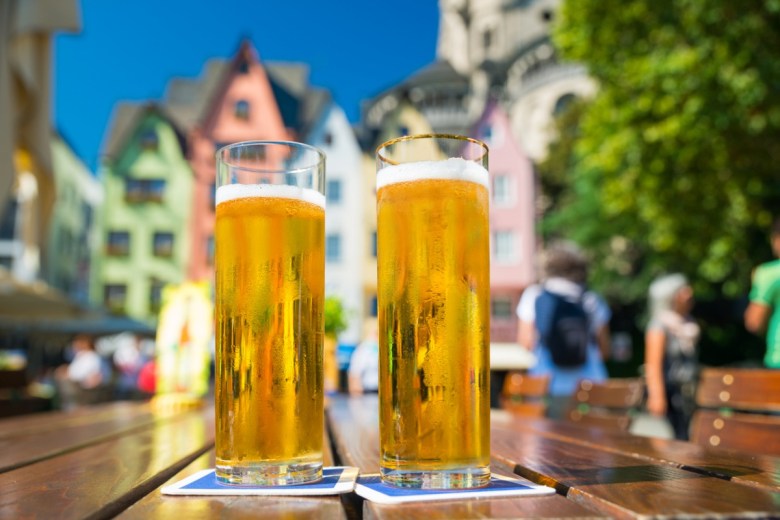 John Palmer guides you through brewing this delightful beer, that is widely praised but far too often poorly replicated.
John Palmer guides you through brewing this delightful beer, that is widely praised but far too often poorly replicated.  John Palmer guides you through brewing this delightful beer, that is widely praised but far too often poorly replicated.
John Palmer guides you through brewing this delightful beer, that is widely praised but far too often poorly replicated. 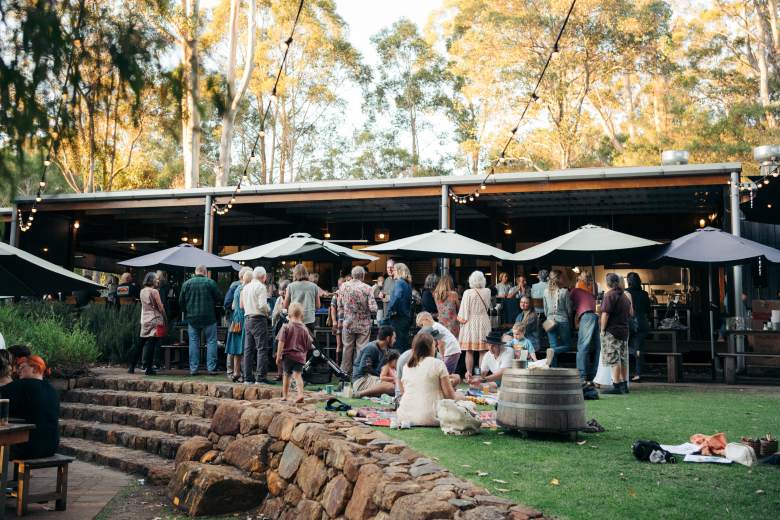 The self-guided Bay Trail and Cave Trail showcase the talent of 10 independent breweries from Busselton down to Margaret River.
The self-guided Bay Trail and Cave Trail showcase the talent of 10 independent breweries from Busselton down to Margaret River. 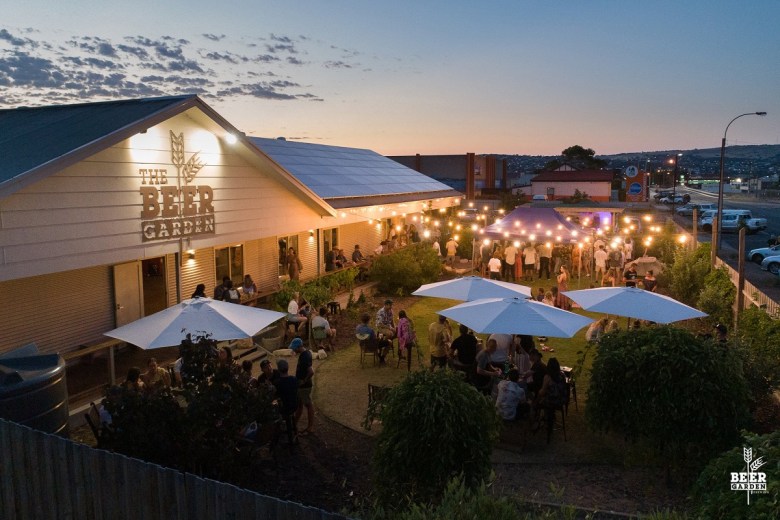 Alice Springs Brewing Co is taking its first step outside the NT with the acquisition of SA's Beer Garden Brewing.
Alice Springs Brewing Co is taking its first step outside the NT with the acquisition of SA's Beer Garden Brewing. Don't call it a comeback: Detroit's vibrant craft beer scene mirrors the city's own renaissance.
The post Celebrating Detroit’s Craft Beer History appeared first on CraftBeer.com.
 A new project delivered by the AEGIC will support Australian barley growers to further diversify markets as demand grows in Central and Latin America.
A new project delivered by the AEGIC will support Australian barley growers to further diversify markets as demand grows in Central and Latin America. Your chicken deserves better.
The post Beer Can Chicken, But Make it Craft appeared first on CraftBeer.com.
Danny and Andy are back in the studio to discuss their favorite beverage, beer! Items of discussion include: The latest chapter in the Modern Times Beer saga. New Glarus expansion news. Danny’s funny Dan Carey story. Highland Park Beer wins big. Jonny and Danny’s trip to Schilling Beer. Sierra Nevada Throwback Pack! Old Guardian in […]
The post Podcast EP 269 – Fall Beer Chat Show with Andy appeared first on The Full Pint - Craft Beer News.
 Sydney Beer Week has made a successful return, energising local breweries and consumers, and highlighting the city's vibrant beer culture.
Sydney Beer Week has made a successful return, energising local breweries and consumers, and highlighting the city's vibrant beer culture. 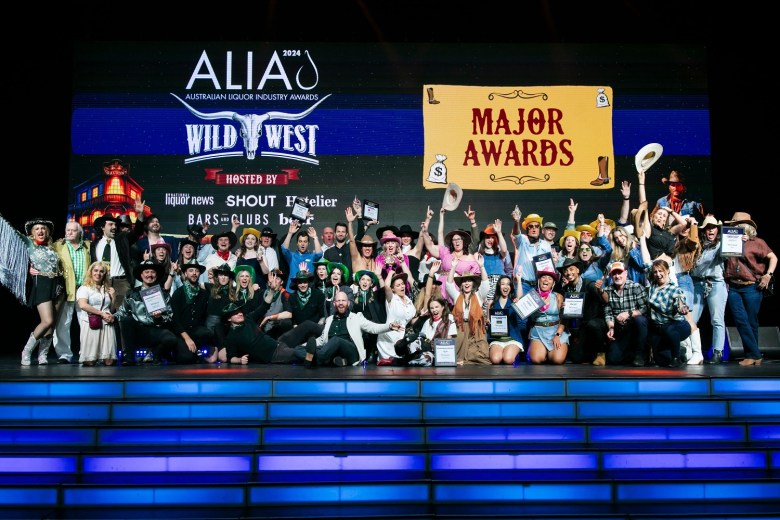 The 2024 Australian Liquor Industry Awards took place in Sydney last night celebrating the country's best people, brands and venues, with a number of beer winners announced.
The 2024 Australian Liquor Industry Awards took place in Sydney last night celebrating the country's best people, brands and venues, with a number of beer winners announced. There’s an old saying in winemaking that it takes a lot of great beer to make great wine. But in the brewing industry, it takes plenty of great tacos to make great beer.
The post Tacos & Beer: Fueling the Yakima Valley’s Hop Harvest appeared first on CraftBeer.com.
 Speaking to Beer & Brewer after his award, Adamson talked about how the brewing industry is changing, improving and some of his career highlights.
Speaking to Beer & Brewer after his award, Adamson talked about how the brewing industry is changing, improving and some of his career highlights. 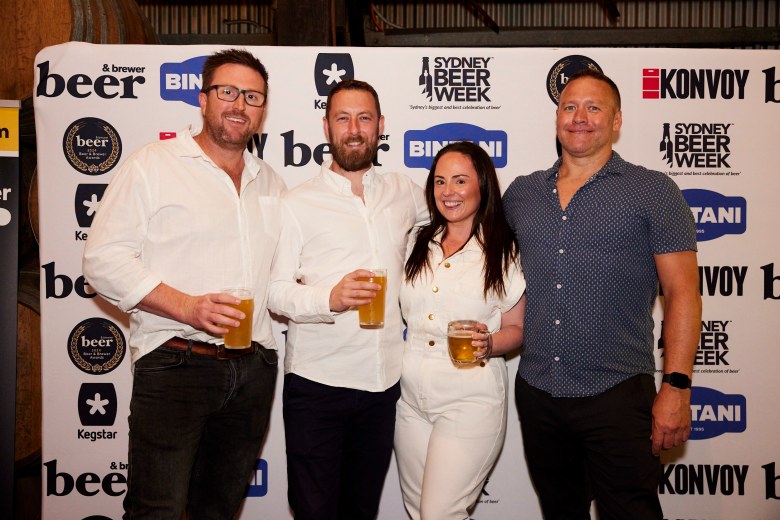 Australian craft beer fans, colleagues and a smattering of journalists gathered last Sunday for the official launch of Sydney Beer Week and the 2024 Beer & Brewer Awards.
Australian craft beer fans, colleagues and a smattering of journalists gathered last Sunday for the official launch of Sydney Beer Week and the 2024 Beer & Brewer Awards.